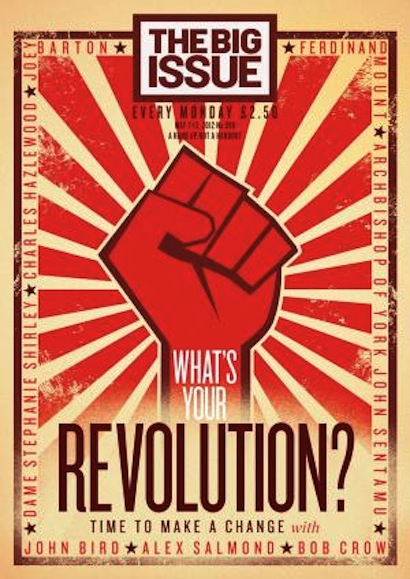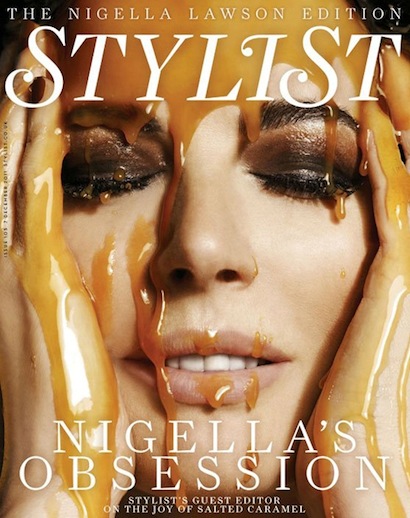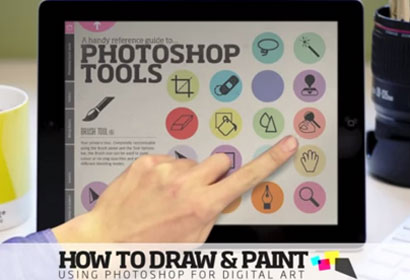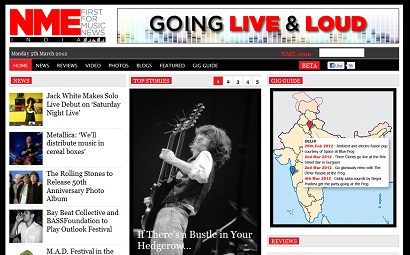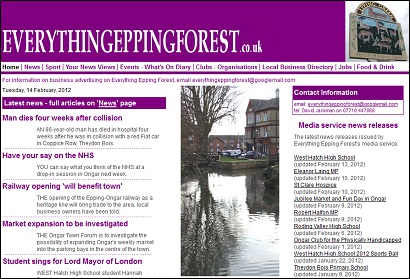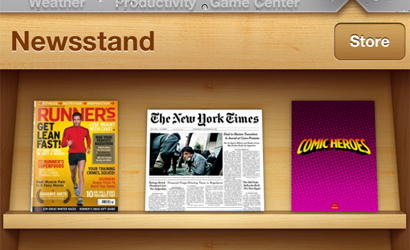Earlier this year, a US study claimed that becoming a journalist is the fifth worst career choice. As well as citing factors such as stress, industry outlook, income levels and general working environment for the ranking, the study quotes a reporter as saying the younger generation “doesn’t care about the news”.
This is against a background of continuing decline in public trust of communications professionals, no doubt exacerbated by the ongoing findings of the Leveson inquiry as it investigates the underbelly of journalism and politics.
Of course it’s not all bleak. In many ways, this is a time of renaissance for journalism as our ways of gathering and disseminating news proliferate online. And journalism will always offer rewards that outweigh the financial ones for the majority of us.
Nevertheless a life of low salary and high stress can take its toll, if not on you then for some of your colleagues. So why not do something small to help that collectively can amount to something big?
The Journalists’ Charity “started in 1864 when a group of parliamentary journalists met up in a London pub to set up a fund to help their colleagues and dependents who had fallen on hard times. In the days before state benefits, grants were made to meet the costs of providing some of the necessities of life”. The Victorian novelist Charles Dickens was a founder supporter.
These days it has widened its remit to include all journalists and is always ready to help them and their dependents with advice, grants and other forms of financial assistance. The Journalists’ Charity also runs a care home for journalists, Pickering House, in Dorking, Surrey as well as sheltered and extra care housing.
Given that most of our pensions are not going to add up to much, that’s quite a nice safety net isn’t it?
On 8 June I’m going to cycle solo and unsupported from Brighton (home of Journalism.co.uk) to Oslo, Norway to raise money for this under-appreciated charity. I will be cycling approximately 850 miles in 11 days, an average of 77 miles a day, cycling through England, France, Belgium, Holland, Germany and Denmark.
You can do your bit by sponsoring a fiver or more on my sponsorship page and helping to spread the word via Twitter, Facebook etc.
Sponsors who do not wish to remain private will be rewarded with recognition and thanks on our @journalismnews Twitter channel (58k-plus followers) so that’s pretty decent exposure, especially if you sponsor on behalf of your media-related business.
And if you’re still not convinced that the Journalists’ Charity is a worthy cause, I will also be raising money for two cancer charities – alternative sponsor page here.

Journalism.co.uk owner John Thompson (@johncthompson), who will be cycling Brighton to Oslo in 11 days to raise money for the Journalists' Charity
The route I plan to cycle from Calais (once I have cycled to Dover and taken the ferry)

